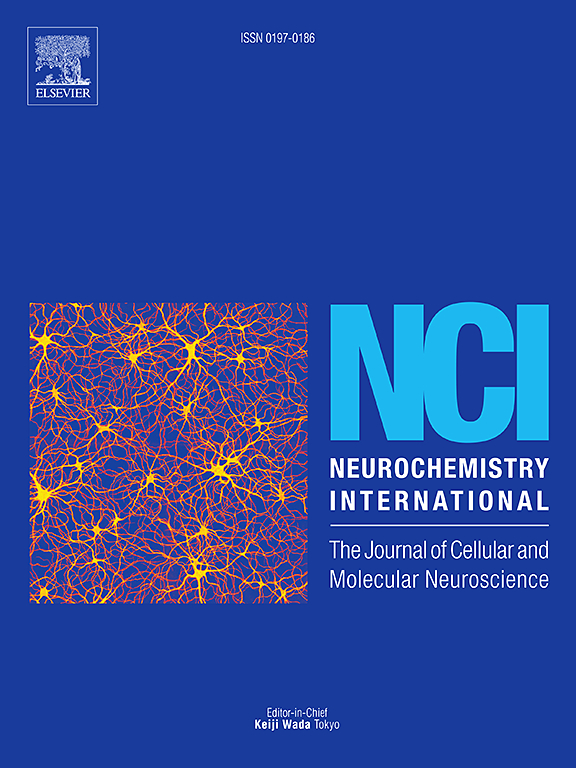CB1受体信号:连接神经可塑性、神经元类型和心理健康结果。
IF 4
3区 医学
Q2 BIOCHEMISTRY & MOLECULAR BIOLOGY
引用次数: 0
摘要
内源性大麻素系统(ECS)对精神疾病的病理生理学至关重要。几个世纪以来,大麻一直被用来缓解焦虑和抑郁症状;然而,大麻素在这些病症中的确切作用直到最近才引起广泛的研究关注。尽管有关 ECS 及其与精神健康的关系的文献越来越多,但仍有几个关键问题尚未解决。本综述主要关注大麻素 CB1 受体(CB1R),探讨它们在精神障碍相关状态中的调节作用。有证据表明,CB1R 分布在多个脑区的各种神经元类型、星形胶质细胞和亚细胞膜上,可能表现出类似和拮抗作用。此外,各种形式的压力已被证明会对 CB1R 信号通路产生不同的影响。此外,许多 CB1R 激动剂对焦虑和抑郁表现出双相、剂量依赖性效应;具体而言,低剂量可产生抗焦虑效应,而高剂量可诱发致焦虑反应,这种现象在啮齿动物模型和人体研究中均有观察到。我们还讨论了介导这些效应的各种潜在机制。我们预计这篇综述将对 CB1R 在精神障碍中的作用产生有价值的见解,并为 CB1R 和 ECS 的未来研究工作提供一个框架。这些知识最终可能会为旨在缓解精神疾病相关症状的治疗策略提供依据。本文章由计算机程序翻译,如有差异,请以英文原文为准。
CB1 receptor signaling: Linking neuroplasticity, neuronal types, and mental health outcomes
The endocannabinoid system (ECS) is crucial in the pathophysiology of mental disorders. Historically, cannabis has been utilized for centuries to mitigate symptoms of anxiety and depression; however, the precise role of cannabinoids in these conditions has only recently garnered extensive research attention. Despite the growing body of literature on the ECS and its association with mental health, several critical questions remain unresolved. This review primarily focuses on cannabinoid CB1 receptors (CB1R), providing an examination of their regulatory roles in states related to mental disorders. Evidence suggests that CB1R distribution occurs among various neuronal types, astrocytes, and subcellular membranes across multiple brain regions, potentially exhibiting both analogous and antagonistic effects. Additionally, various forms of stress have been shown to produce divergent impacts on CB1R signaling pathways. Furthermore, numerous CB1R agonists demonstrate biphasic, dose-dependent effects on anxiety and depression; specifically, low doses may exert anxiolytic effects, while higher doses can induce anxiogenic responses, a phenomenon observed in both rodent models and human studies. We also discuss the diverse underlying mechanisms that mediate these effects. We anticipate that this review will yield valuable insights into the role of CB1R in mental disorders and provide a framework for future research endeavors on CB1R and the ECS. This knowledge may ultimately inform therapeutic strategies aimed at alleviating symptoms associated with mental health conditions.
求助全文
通过发布文献求助,成功后即可免费获取论文全文。
去求助
来源期刊

Neurochemistry international
医学-神经科学
CiteScore
8.40
自引率
2.40%
发文量
128
审稿时长
37 days
期刊介绍:
Neurochemistry International is devoted to the rapid publication of outstanding original articles and timely reviews in neurochemistry. Manuscripts on a broad range of topics will be considered, including molecular and cellular neurochemistry, neuropharmacology and genetic aspects of CNS function, neuroimmunology, metabolism as well as the neurochemistry of neurological and psychiatric disorders of the CNS.
 求助内容:
求助内容: 应助结果提醒方式:
应助结果提醒方式:


